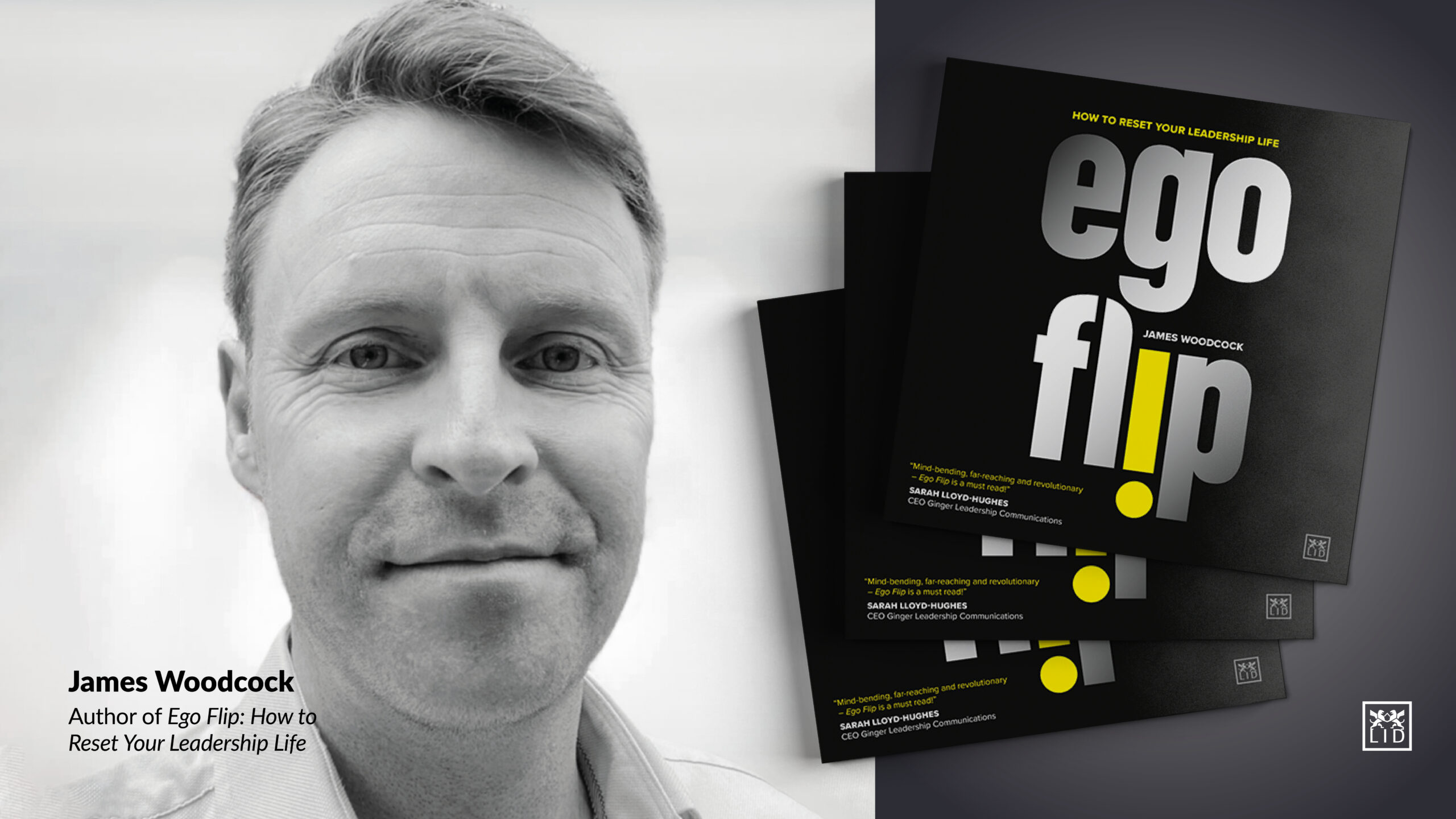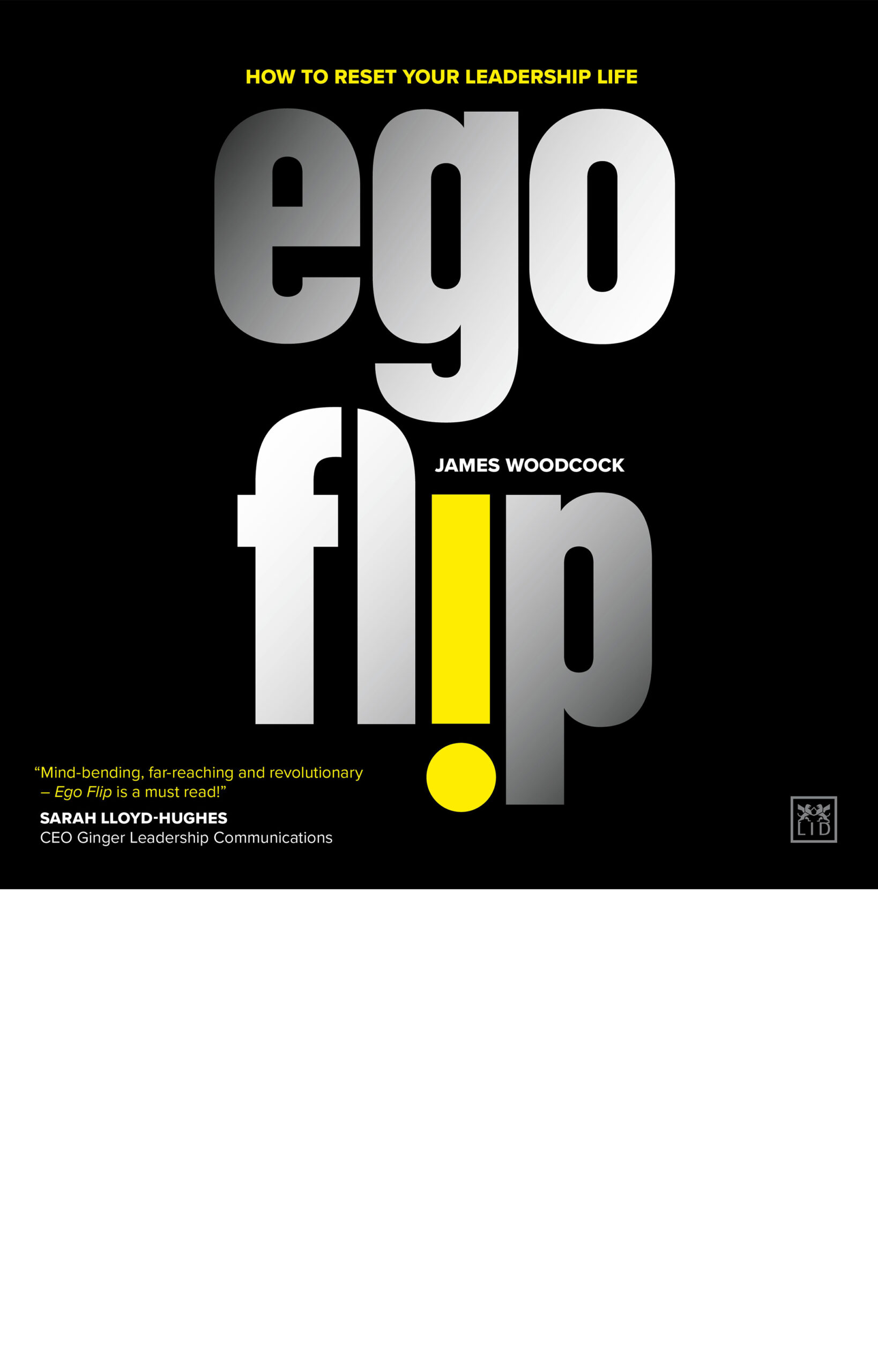|
Reward Performance with FAST Feedback with James Woodcock
Reward Performance with FAST Feedback

By Guest Contributor James Woodcock
Author of Ego Flip, James Woodcock, explores why the traditional way of giving feedback is not effective and what it can be replaced with.
If the aim of performance management is to assess and improve employee performance, the process is broken. It variously takes too long; is overly complex; is overly dependent on technology for offline impersonal feedback; is focused on year-end performance and reward ratings such that its purpose for employees is to maximize their own rating; feedback to others is therefore biased to this end, and sought from those who will provide a positive spin; feedback is captured across a wide-ranging scorecard that in seeking to cover all bases prevents any specific application; feedback is given long after the event to which it relates and is squeezed into a narrow time window that limits in-person interaction and deluges the organization with requests; it is overly reliant on a manager who often lacks the visibility or skills to affect the process. And all of this impacts engagement, learning, performance and trust. The solution is to replace the corrective control of performance management with a system of FAST feedbackthat is focused on improving performance, not performance ratings.
You cannot learn without feedback. Most organizations tend to arrange the activities of work, continuous improvement and learning separately. Feedback has the power to bring these three aspects together – to learn through the work that we do, and so improve upon it. A FAST feedback system describes the principles that must be met to achieve this:
FRANK – make it candid
Frank feedback is always goal-orientated and contextual, so that its scope is unambiguous, and limited to that which is in the recipient’s purview. Any watering down of feedback will hinder its efficacy. The particular power dynamic that normalizes the tempering of feedback persists through the egoic needs of both the individual providing feedback (in resistance to confrontation) and the feedback recipient (in resistance to criticism). FAST feedback supports the recipient to directly answer the following: (1) What is the most important question I should be asking that will improve my impact? (2) What is the most important action I can take in response to that question? (3) What must I therefore avoid doing to maximize my impact?
AFFECTIVE – make it personal
Feedback is always personal, not because we’re asking the recipient to listen, but because we’re asking them to care. To be effective, feedback needs to be both about the person and in-person:
About the person: For feedback to be meaningful to the individual receiving it, it needs to consider not just their behaviours and the impact they had, but also what question the individual was answering of that activity when they undertook it, and why. While behaviours are observable, the basis by which attention is given (through the question that is being asked of it) can only be known by the recipient, and even then may not be immediately apparent. Good feedback considers both aspects, although the impact (performance result) is simply an entry point into the conversation and should quickly be conceded, so that attention can be given to the enquiry of the question itself. This enquiry requires an openness and trust to succeed, through which its intrinsic value is realized (extrinsic reward mechanisms would derail it). It is an intimate expose, in which the purpose is to raise awareness within the individual, not to improve performance. Through awareness, a change in attention can lead to a change in performance, and therefore requires attention to be taken away from performance for this awareness to form.
In-person: Beyond the hard metrics that track the output and performance of an activity, the best source of feedback is people. Whist some organizations espouse a multichannel approach, the most useful form of feedback is through a simple, one-on-one conversation, with another human being, for the following reasons:
- It provides perspective: Individual feedback is always subjective and perspectival. It does not provide a measure of performance, but rather a point of view of the impact the individual has made. For perspective to be meaningful, it needs to offer specificity and contrast:
– SPECIFICITY – is achieved through adherence to the Goal – Action – Impact formula. GOAL: this was the performance goal; ACTION: this is the action I observed; IMPACT: this is the impact/value I observed that it had
– CONTRAST – is provided by describing an action and impact that had the MOST positive impact, as well as that which had the LEAST positive impact
- It establishes shared purpose: It’s important that both parties: (1) Check that they agree on the performance goal on which feedback is provided; (2) Ensure that the individual providing feedback is themself invested in the goal (either as a co-contributor or as someone impacted by it), and that this is known to the feedback recipient. Both aspects are necessary to establish a shared purpose between the two parties, on which the feedback is based.
- It builds relationships: A personal conversation allows both parties to recognize the bigger picture – not the goal, but the individual, as their whole self. Trust and empathy are not byproducts of feedback conversations that aim to improve performance, they’re the very means by which improved performance is enabled. To that extent, the facts are secondary.
- It affords deeper insight: It allows both the feedback giver and recipient to explore any aspect of the feedback in real-time.
- It allows for two-way feedback: One-way feedback implicitly establishes a hierarchy of needs. It also limits the individual providing feedback from benefiting themself (on the assumption that the two individuals work together).
- It interrupts ego: The reluctance of some individuals to give feedback in person, in order to avoid judgement or criticism, is its own power dynamic. Conversations (not emails) are the way to build trust, to gain deeper insight, and to avoid feedback being one-way.
- It builds trust: This is due to all of the above. Anonymous feedback might allow someone to ‘be honest,’ but the cost of this is the perpetuation of a dysfunctional relationship.
SPONTANEOUS – make it about THIS moment
Feedback should always be provided at the point of need because it needs to be actionable. Its value is in this moment as opposed to creating stories about events that happened in the past and which divert attention away from the present. The best way to get feedback is to go after it. Feedback is the habit of asking questions in the pursuit of personal development, and so individuals who are hungry to learn will be hungry for feedback. The primary responsibility for feedback should be with the individual seeking it because they know best when and what feedback is most valuable. They also know who to ask – generally those who are closest to the action – to gain a broader range of perspectives. Feedback should be sought little and often, at the end of any significant activity, such as after a meeting or upon completion of a project. Spontaneous feedback creates a feedback flow, in the flow of work.
TRANSPARENT – make it open to everyone
The purpose of feedback is to help the individual improve their performance (on the basis that, could someone else do it for them, feedback would not be required). Sharing feedback on an individual openly with the team that’s supporting the activity can: (1) Shed light on the overall performance of the activity, and how they can help improve it; (2) Share lessons learned; (3) Encourage others to give feedback; (4) Create more opportunities for others to offer support; (5) Normalize the use of feedback for continuous improvement. The only rule is that you only share information about others that you would share to their face.
FAST feedback is an impersonal process that takes place in the open. It is only behind closed doors that power dynamics can be created.
ABOUT THE AUTHOR
Suggested Reading
 This important book explores the paradox of self-reference that lies at the heart of leadership –ie, the story of ego. It examines the assumptions that have shaped the conventional view of leadership and offers a radical new paradigm and way to lead. The author explores the important role that ego plays within individual leaders. It looks at how ego has emerged as a new “meta ego”–the coordinated, collective expression of E.G.O or Evil Genius Organization–that is polarizing our world today. And through a new leadership manifesto (a set of 8 conscious imperatives that offer a new vision for transcending the ego), the author provides a pathway for leaders to rethink today’s conventions and what great leadership really means.
This important book explores the paradox of self-reference that lies at the heart of leadership –ie, the story of ego. It examines the assumptions that have shaped the conventional view of leadership and offers a radical new paradigm and way to lead. The author explores the important role that ego plays within individual leaders. It looks at how ego has emerged as a new “meta ego”–the coordinated, collective expression of E.G.O or Evil Genius Organization–that is polarizing our world today. And through a new leadership manifesto (a set of 8 conscious imperatives that offer a new vision for transcending the ego), the author provides a pathway for leaders to rethink today’s conventions and what great leadership really means.

